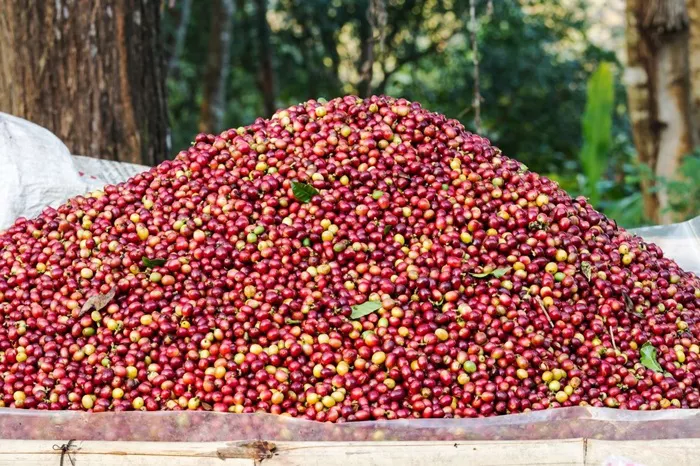Robusta coffee production has been steadily increasing each year, now accounting for nearly 44 percent of global coffee output, compared to just 28 percent in the early 1990s. Over the past three decades, global coffee production has grown by approximately 1.9 percent annually, with Robusta playing a significant role in this expansion, according to the International Coffee Organization.
Hanna Neuschwander, Senior Advisor for Communications at World Coffee Research, explains that several factors have contributed to the rise of Robusta, with Vietnam’s coffee sector development being a key driver.
“From 1990 to 2024, Vietnam’s Robusta production has surged by an astonishing 2,100 percent. Now, second only to Brazil, Vietnam is the world’s second-largest coffee producer, with nearly all of its output being Robusta,” Neuschwander says.
Robusta thrives in hotter, more humid climates and lower elevations, making Vietnam an ideal location for the species. As global coffee demand increased in the 1990s, Vietnam recognized a major economic opportunity in coffee production.
“Arabica requires higher elevations, but Vietnam’s terrain is more suited for Robusta. In the 1980s and 1990s, as Vietnam invested heavily in expanding coffee production, Robusta emerged as the better choice for the land—and thus a coffee powerhouse was born,” Neuschwander adds.
This development, along with other factors over the past four decades, has contributed to the explosive growth of the Robusta coffee sector.
Related topics:
- Agnep Heritage Farms Boosts Arabica Coffee Production in Benguet
- Bokaldo Group Expands Farmland Investment in Coffee and Cacao Production
- Ethiopia’s Coffee Production Doubles, Aims for $2 Billion Revenue


